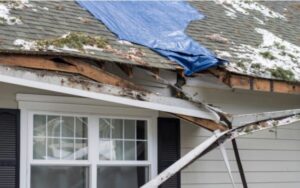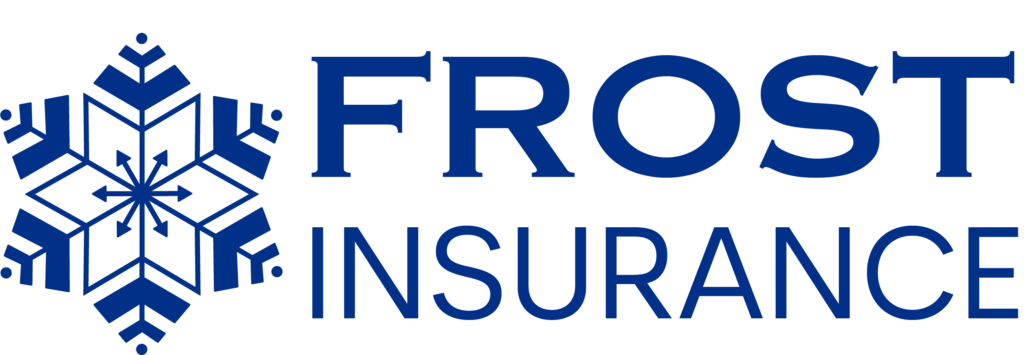Why Homeowners Insurers Are Unprofitable and What To Do About It: Aon
October 8, 2024 / Insurance Journal
A new report from insurance broker Aon reveals that the prospective return on equity (ROE) for diversified homeowners insurance carriers decreased by 100 basis points to 5.0% from last year’s ROE, despite carriers receiving significant rate increases in 2023/2024.
More than half the U.S. states under review produced negative ROEs for homeowners carriers, with nearly all states producing a carrier ROE below the 10% cost of capital hurdle after investment gains.
Aon studied 300 insurance groups that represent the aggregate homeowners industry over the last decade. It found that more than 200 fail to earn an underwriting profit at all. Of the insurers that do earn a profit, about 50 of the 100 profitable insurers fail to earn a profit above the 10% ROE hurdle after adding investment gains. The report highlights the “continued poor underwriting profit results over the past decade” across the U.S. homeowners line of business. It finds that the last time the industry posted an aggregate underwriting profit was 2019 when the industry combined ratio was 99. Every year since 2019 the reported industry combined ratio for homeowners business was 105 or worse. “The headline ROE numbers fail to illustrate the wide range of outcomes realized by insurers offering homeowners policies, and we expect insurers will earn meager ROEs insufficient to support the underlying risk,” Paul Eaton, head of US Actuarial of Aon’s Strategy and Technology Group, said.What To Do
Eaton said Aon’s data show that “both policyholders and insurance carriers need to consider tools for loss mitigation and reduction for the line to find a long term profitable equilibrium.”
“The lack of consistent returns could deter the commitment of new capital to homeowners business,” the report warns, adding that insurers need to identify sources of capital, and quantify the appetite of that capital for various forms of risk. The poor results have resulted from increased losses from secondary perils such as severe convective storms; the unexpectedly lower lifespan of asphalt shingle roofs and their poor wind performance in windstorms including severe convective storm events; and deductible increases not keeping pace with total insurable value increases leading to greater net exposures for carriers.
The poor results have resulted from increased losses from secondary perils such as severe convective storms; the unexpectedly lower lifespan of asphalt shingle roofs and their poor wind performance in windstorms including severe convective storm events; and deductible increases not keeping pace with total insurable value increases leading to greater net exposures for carriers.
 Aon notes that insured loss from thunderstorms has increased 80% from the previous decade and that 80% of this can be is attributed to exposures growth versus a fundamental change in the nature of the risk. Thus, Aon advises, altering the treatment of depreciation or deductibles are ways to align incentives that may decrease claims and improve insurer profitability.
The report recommends insurers look into “creative approaches” to roof coverage and loss sharing between policyholders and insurers.
Aon notes that insured loss from thunderstorms has increased 80% from the previous decade and that 80% of this can be is attributed to exposures growth versus a fundamental change in the nature of the risk. Thus, Aon advises, altering the treatment of depreciation or deductibles are ways to align incentives that may decrease claims and improve insurer profitability.
The report recommends insurers look into “creative approaches” to roof coverage and loss sharing between policyholders and insurers.

